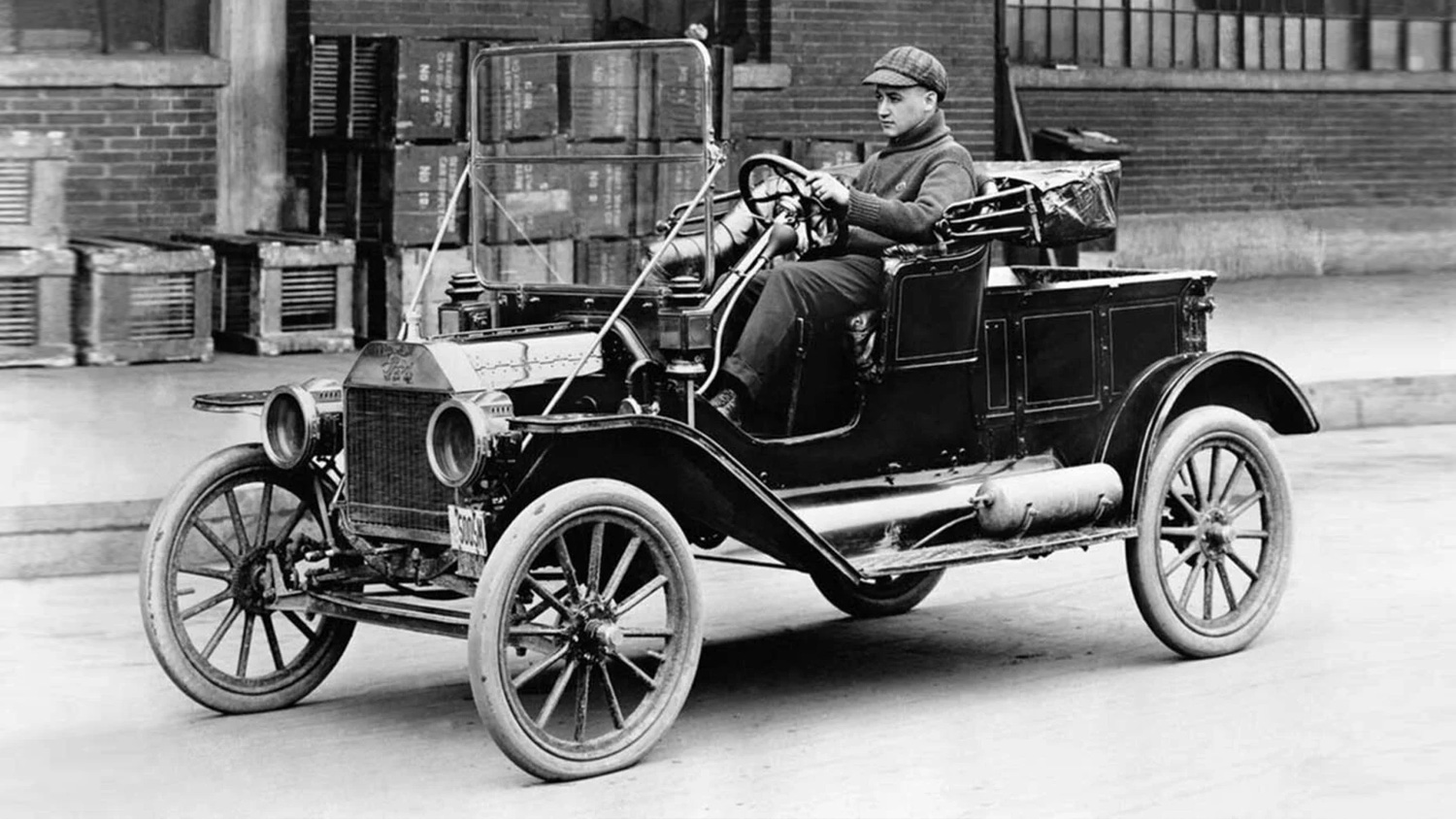Henry Ford is a household name in the automotive industry, credited with revolutionizing the way people think about transportation. But beyond his contributions to the world of cars, Ford also had a deep understanding of marketing and consumer behavior that has stood the test of time. In this article, we’ll delve into some of the marketing insights of Henry Ford and explore how they can still be applied today.
1. Know Your Target Market
Henry Ford knew his target market inside and out. He understood that his customers were primarily working-class people who wanted an affordable, reliable car. By keeping this in mind, Ford was able to create a car that was affordable and efficient, without sacrificing quality. He also knew that his target market was geographically dispersed, which led him to create an innovative distribution system that allowed him to reach customers in even the most remote areas.
Today, businesses can learn from Ford’s approach by taking the time to understand their target market’s needs, preferences, and pain points. This information can be used to develop products and services that resonate with customers and build brand loyalty.
2. Create a Strong Brand Identity
Ford’s Model T was more than just a car – it was a symbol of American innovation and progress. Ford recognized the importance of branding and created a strong identity for his company and his products. He used slogans, logos, and advertising to promote his brand and make it recognizable to consumers.
Today, businesses can learn from Ford’s approach by investing in their brand identity. This includes creating a logo, tagline, and brand messaging that aligns with their values and resonates with their target market. A strong brand identity can help businesses stand out in a crowded marketplace and build customer loyalty.
3. Emphasize Efficiency and Cost Savings
Ford was known for his commitment to efficiency and cost savings. He was able to create a car that was affordable for the average person by using innovative production techniques, such as the assembly line. He also paid his workers well and offered benefits, which helped to reduce turnover and increase productivity.
Today, businesses can learn from Ford’s approach by looking for ways to increase efficiency and reduce costs. This might include automating processes, outsourcing tasks, or negotiating better deals with suppliers. By emphasizing efficiency and cost savings, businesses can improve their bottom line and pass on those savings to customers.
4. Invest in Employee Training and Development
Henry Ford was a firm believer in the importance of employee training and development. He believed that by investing in his employees, he could create a more skilled and motivated workforce that would help to drive the company’s success.
Today, businesses can learn from Ford’s approach by investing in employee training and development. This might include offering ongoing training programs, mentorship opportunities, or tuition reimbursement. By investing in their employees, businesses can improve employee morale, reduce turnover, and increase productivity.
In conclusion, Henry Ford was not only an automotive pioneer but also a marketing visionary. His insights into consumer behavior and his commitment to innovation and efficiency helped to create a lasting legacy that can still be felt today. By taking inspiration from Ford’s approach, businesses can build stronger brands, reach new customers, and drive success.
